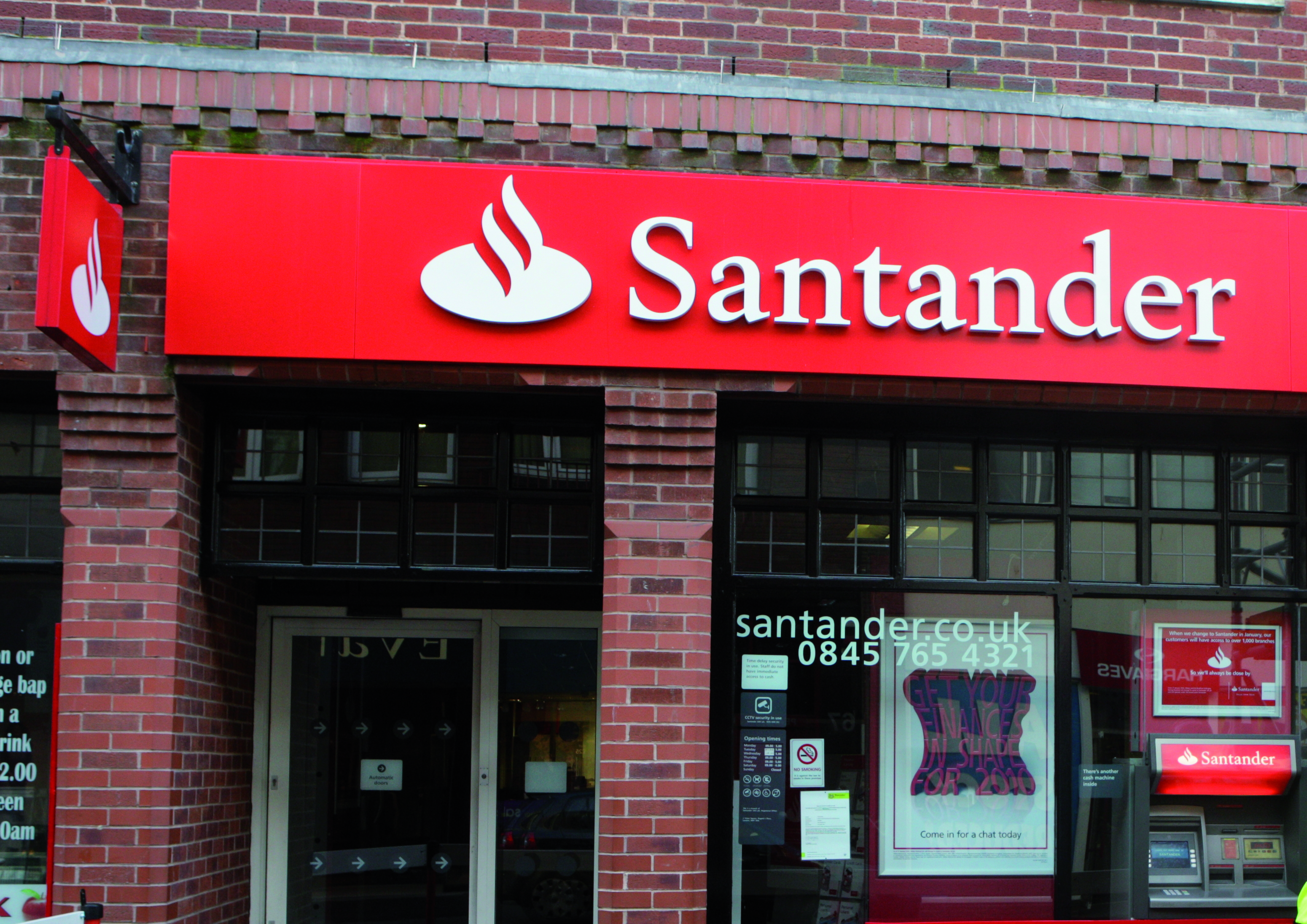Steve Walker, managing director at specialist loan broker Promise Money, explains what a second charge mortgage is and why it could be an alternative to remortgaging
Steve Walker, managing director at specialist loan broker Promise Money, explains what a second charge mortgage is and why it could be an alternative to remortgaging
Do you know what a second charge mortgage is? If not don’t worry, you’re not alone. According to a study by specialist lender Together, 79% of people don’t know what a second charge is and of those that did know 23% couldn’t tell you how it differs from a remortgage.
 To clarify, a second charge loan works just like your mortgage and is registered at the Land Registry separately. So when your house is sold, the first mortgage is paid off first and the second charge loan is paid off second.
To clarify, a second charge loan works just like your mortgage and is registered at the Land Registry separately. So when your house is sold, the first mortgage is paid off first and the second charge loan is paid off second.
Apart from that the rights granted to the first and second charge lenders are broadly the same.
Second charge loans bridge the gap between a remortgage and an unsecured loan normally because of a more flexible acceptance policy; the second charge lender goes into greater detail with the borrower in order to grant a loan rather than rely on computerised decisions.
When raising capital you could consider a second charge loan as an alternative to a remortgage. Not only might it be the only option available, there are also occasions when a second charge is actually a more cost effective solution.
Don’t take these following examples as advice but with some typical interest rates inserted they illustrate the point.
When you don’t want to give up your mortgage rate
s a result of the record low interest rate environment we’ve been in for the last few years many borrowers have excellent rates on their mortgage – rates they don’t want to give up. A remortgage could involve moving lender to a new product and potentially having to take a less attractive rate. By taking out a second charge mortgage instead borrowers are able to keep their low rate first mortgage.
For example, a borrower has a rate of 0.5% above Bank base rate on their tracker mortgage of £170,000 with 15 years left to run. They’re currently paying £999 per month. They want to raise an additional £30,000 for home improvements. If they remortgage the full amount of £200,000 over 15 years based on the current products available their repayments will increase to approximately £1,295 per month. By keeping the existing mortgage and adding a £30,000 loan over 15 years the monthly payments are more like £1,230. That may not seem a large difference but over 15 years it will save the borrowers £11,000 – hardly short change.
When you’re self-employed or a contract worker
It’s well documented that self-employed borrowers have it tough when it comes to securing mortgages.
Let’s take our borrower from above but imagine they decided to become self-employed 12 months ago. They may be able to prove a good income in their first year but due to the short time they have been self-employed the mortgage rate they can get will not be the cheapest on the market.
A remortgage £200,000 over 15 years is likely to increase payments to £1,400 per month. But keeping the existing mortgage and adding a £30,000 loan over 15 years makes the total payments around £1,234 – a difference of £166 per month and a saving of nearly £30,000 over 15 years.
When you have an interest-only mortgage
An interest-only mortgage means you only pay the interest on your mortgage debt without actually making any capital repayments. These days, not many lenders offer interest-only mortgages so borrowers looking to remortgage might be forced onto a capital repayment mortgage, often doubling their monthly repayments.
Taking out a second charge allows the borrower to keep their interest-only mortgage and avoid a massive hike in monthly costs.
When your credit score isn’t great
Unsurprisingly, given the turbulence of the economy in recent years many borrowers have an impaired credit history. In the first charge market lenders don’t take too kindly to this but the flexibility of underwriting in the second charge sector means it’s much less of a problem.
For example, let’s take a borrower with a rate of 2% on their capital and repayment mortgage of £200,000 with 20 years left to run, currently paying £1,012 per month. They want to raise an additional £25,000 for debt consolidation to make their mortgage more affordable. They missed two mortgage payments just over one year ago but are up to date now. A remortgage at £225,000 over 20 years would probably increase payments to £1,419 per month with a new lender taking into account the previous arrears.
By keeping the existing mortgage and adding a £25,000 loan over 20 years, however, the total repayments are around £1,170. A saving of £246 per month and £59,000 over the remaining term of the mortgage.
Whether you are using a broker or arranging capital raising finance yourself, it might be worth comparing a second charge loan alongside a remortgage.














